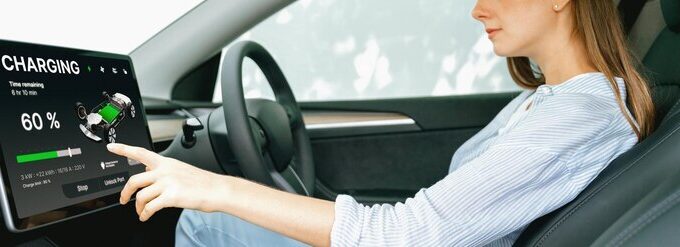
Introduction
We are living in the midst of an automotive revolution. Roads once dominated by rumbling internal combustion engines are now being shared with whisper-quiet, emission-free electric and hybrid vehicles. As governments, automakers, and drivers pivot toward sustainability, electric and hybrid cars are changing the future of driving—not tomorrow, not someday, but today. What was once niche is now mainstream, and the implications go far beyond the vehicles themselves.
The Shift Away from Fossil Fuels
At the heart of this transformation is a growing urgency to move beyond fossil fuels. Traditional gasoline and diesel vehicles are significant contributors to greenhouse gas emissions. As climate goals tighten globally, from the Paris Agreement to national net-zero targets, cars that burn fossil fuels are being phased out.
-
More than 20 countries have proposed bans on the sale of new ICE vehicles within the next 10–15 years.
-
Oil demand is projected to plateau as electrified transportation becomes dominant.
-
Hybrid cars offer a flexible interim solution, reducing fuel use without requiring new infrastructure overnight.
The transition is not just environmental—it’s geopolitical and economic.
Electric Cars: Driving the Green Revolution
Electric vehicles (EVs) represent the purest form of clean transportation currently available. They offer:
-
Zero tailpipe emissions, improving air quality in cities.
-
Integration with renewable energy for true zero-carbon commuting.
-
Energy efficiency far superior to combustion engines.
EVs have matured from early adopters’ toys to serious contenders in every segment—from economy hatchbacks to luxury SUVs to high-performance sedans.
Hybrid Cars: Bridging the Transition
Hybrids continue to play a crucial role, especially in areas where EV infrastructure is lacking. They combine the best of both worlds:
-
Efficient gasoline usage with electric support
-
Lower emissions and higher MPG
-
No range anxiety
Hybrid technology, particularly plug-in hybrids (PHEVs), offers a compelling case for buyers in transition—those who want to reduce their footprint without committing fully to electricity.
Global Adoption Rates and Projections
Electric and hybrid adoption is accelerating:
-
Global EV sales topped 10 million in 2023, and projections for 2025 suggest that figure could double.
-
China, Europe, and the U.S. lead the charge, with India and Southeast Asia showing rapid growth in hybrids.
-
Fleet transitions by Amazon, UPS, and national governments are pushing demand even further.
By 2030, electric and hybrid vehicles are expected to represent more than 50% of all new car sales worldwide.
Tech-Infused Vehicles: Smarter Than Ever
Electric and hybrid vehicles are not just about new propulsion—they’re about intelligence:
-
Artificial Intelligence (AI) improves efficiency, adapts to driving habits, and enhances safety.
-
Over-the-Air (OTA) updates allow your car to get smarter over time.
-
Advanced driver assistance systems (ADAS) make driving safer and more intuitive.
Vehicles are no longer just machines—they’re software-defined platforms on wheels.
Battery Technology Advancements
Battery innovation is the keystone of EV evolution:
-
Solid-state batteries promise longer range, faster charging, and safer performance.
-
Battery recycling programs and second-life use (e.g., home energy storage) reduce waste.
-
Energy density improvements mean more miles per charge, with less weight.
Manufacturers are pushing toward the holy grail of 1,000+ km range and 10-minute full charge—not as dreams, but as production goals.
Charging Infrastructure Expansion
Charging stations are no longer rare sights. With initiatives from Tesla, Electrify America, and ChargePoint, plus government-backed infrastructure bills, EV charging is becoming:
-
Faster: Ultra-rapid chargers can add 100+ miles in 10–15 minutes.
-
Smarter: Apps notify you of charger availability and charging progress.
-
Ubiquitous: Workplaces, shopping centers, hotels, and even streetlights are joining the grid.
Economic Shifts from Electrification
As cars change, so does the economy:
-
New jobs in battery production, recycling, software, and EV manufacturing.
-
Oil demand declines, challenging traditional energy markets.
-
Supply chains shift from pistons and spark plugs to lithium and software code.
Entire industries are being reborn with a greener focus.
Conclusion: Driving Forward, Cleaner and Smarter
The future of driving is not just electric or hybrid—it’s transformative. These vehicles represent a new era where sustainability, technology, and user-centric design merge. With cleaner air, quieter roads, and smarter cities on the horizon, the change is already here—and it’s accelerating. Whether you’re an enthusiast, a commuter, or simply curious, now is the time to engage, explore, and drive into the future.